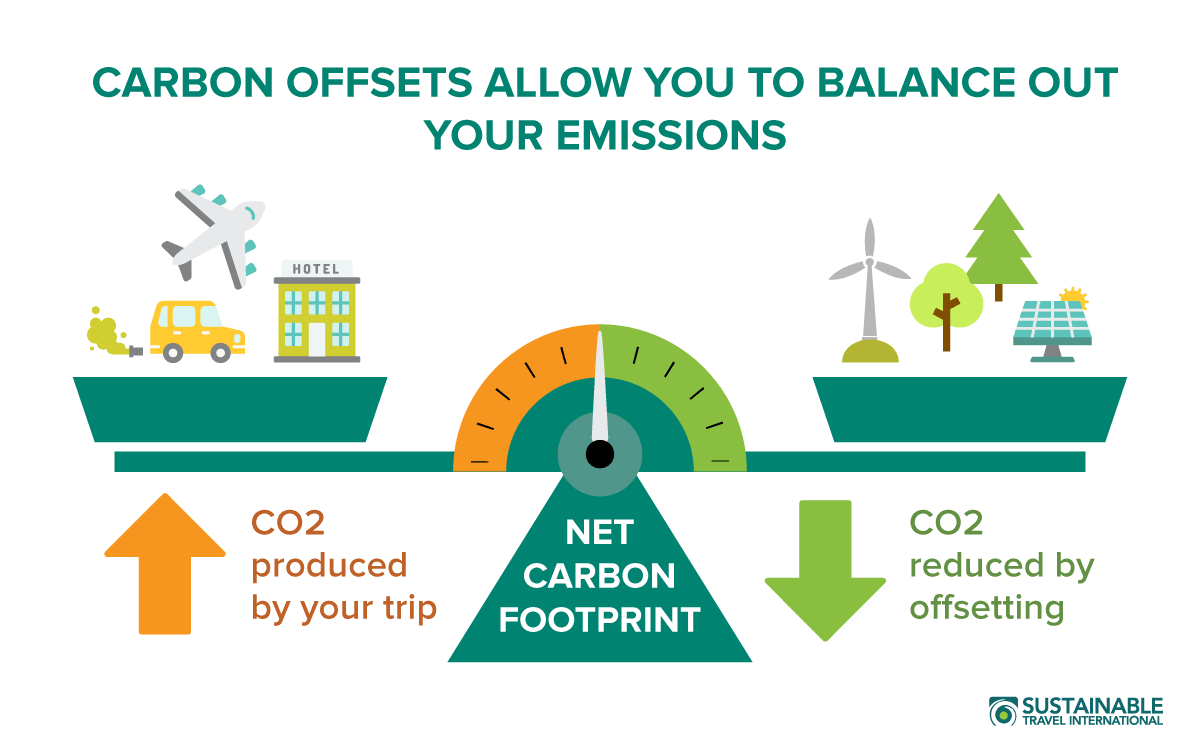
Offset My Carbon Footprint: A Complete Guide to Reducing Your Environmental Impact
As climate change becomes an ever more urgent global issue, many individuals and businesses are searching for effective ways to offset their carbon footprint. Whether you're looking to balance out unavoidable emissions or make a meaningful contribution to a sustainable future, understanding how carbon offsetting works and how to do it effectively is essential.
What Does It Mean to Offset My Carbon Footprint?
Offsetting your carbon footprint involves compensating for the greenhouse gas emissions you produce, through travel, energy use, or other activities, by funding projects that reduce or remove an equivalent amount of CO₂ from the atmosphere. This process allows you to achieve a net-zero or "carbon neutral" impact, even if you can't eliminate all emissions from your lifestyle or business operations.
How Does Carbon Offsetting Work?

The process of offsetting your carbon footprint typically involves three key steps:
Calculate Your Emissions: Use an online carbon calculator to estimate your personal or organizational emissions, factoring in travel, energy consumption, and other activities.
Reduce Where Possible: Before offsetting, take actions to minimize your emissions, such as switching to renewable energy, improving energy efficiency, or changing travel habits.
Purchase Carbon Offsets: Invest in certified carbon offset projects that reduce or remove emissions elsewhere, such as reforestation, renewable energy, or methane capture initiatives.
Types of Carbon Offset Projects

There are a variety of projects you can support to offset your carbon footprint, each with unique benefits:
Reforestation and Afforestation: Planting new trees or restoring forests to capture CO₂ and support biodiversity.
Forest Conservation: Protecting existing forests to prevent the release of stored carbon and safeguard wildlife habitats.
Renewable Energy: Investing in wind, solar, or hydroelectric power to replace fossil fuel-based energy sources.
Methane Capture: Reducing methane emissions from landfills or agricultural operations, which is crucial since methane is a much more potent greenhouse gas than CO₂.
Community Projects: Supporting clean cookstove programs or sustainable agriculture, which improve livelihoods while reducing emissions.
Why Offset Your Carbon Footprint?
Offsetting is especially valuable for emissions that are difficult to eliminate, such as those from air travel or certain business operations. By supporting verified projects, you can:
Achieve carbon neutrality for yourself or your business
Contribute to global climate action and sustainable development goals
Support biodiversity, local communities, and innovation in clean technology
How to Choose a Reliable Carbon Offset Provider
When selecting a carbon offset provider, look for:
Third-Party Verification: Ensure projects are certified by recognized standards.
Transparency: Providers should clearly report how funds are used and the real-world impact of projects.
Co-benefits: Choose projects that also support biodiversity, local economies, or community development.
Some reputable programs include organizations known for their robust standards and wide range of impactful projects.
Steps to Offset Your Carbon Footprint Today
Calculate Your Emissions: Use free online calculators for individuals or businesses.
Reduce Your Emissions: Prioritize avoiding and reducing emissions before offsetting.
Select a Project: Choose from a portfolio of verified projects that align with your values and goals.
Purchase Offsets: Buy carbon credits equivalent to your calculated emissions.
Track Your Impact: Many providers offer certificates and detailed reports to help you monitor your contributions.
Frequently Asked Questions
Is carbon offsetting a substitute for reducing my emissions?
No. The most effective strategy is to first avoid and reduce emissions wherever possible. Offsetting is best used for residual emissions that cannot be eliminated.
How much does it cost to offset my carbon footprint?
Costs vary depending on the provider and project type, but offsets for individuals can start as low as a few dollars per month.
Can businesses benefit from carbon offsetting?
Absolutely. Many companies use carbon offsets to meet sustainability goals, enhance their brand reputation, and support global climate action.
Take Action: Offset Your Carbon Footprint for a Greener Future
Offsetting your carbon footprint is a practical, impactful way to take responsibility for your environmental impact. By supporting high-quality projects and prioritizing emission reductions, you can play a vital role in the fight against climate change.



